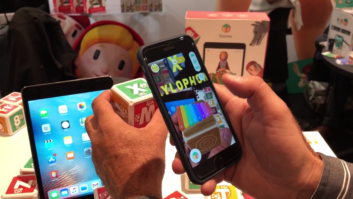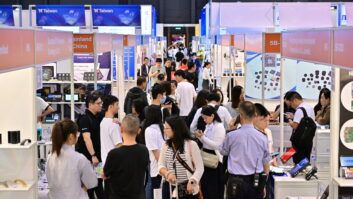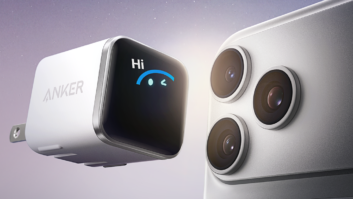Like a puppy trailing a child, the toy industry often trails after the consumer electronics industry in integrating advanced technology into playthings. But at this year’s Toy Fair, Amazon Alexa voice-recognition, AR and VR, STEM/STEAM-oriented educational gear, 3D printing and AI/coding were particularly prominent.
“Toy companies are continuing to innovate and think outside the box as they incorporate engaging tech components into their products,” noted an industry spokesperson. “The good news for consumers is that technologies that were just emerging a few years ago … have become a lot more affordable for manufacturers, making high-tech experiences more readily available at realistic price points. This year we are seeing a surge in augmented and virtual reality toys, drones, virtual pets, robotics, and more. Most importantly, toymakers are successfully leveraging technology to enhance traditional play patterns rather than replace them.”
This year’s Toy Fair even included a CES Eureka Park-like section called Launch Pad, which featured 100-plus new or young companies, many with innovative tech-related products.
Of course, as with all advancements, new toys bring both positive and negative consequences. While buoying necessary exposure to STEM and STEAM-related disciplines that prepare children for the future, parents also will be increasingly challenged by their children’s ability to differentiate between the real and unreal with increasing exposure to immersive, interactive and virtual playthings.
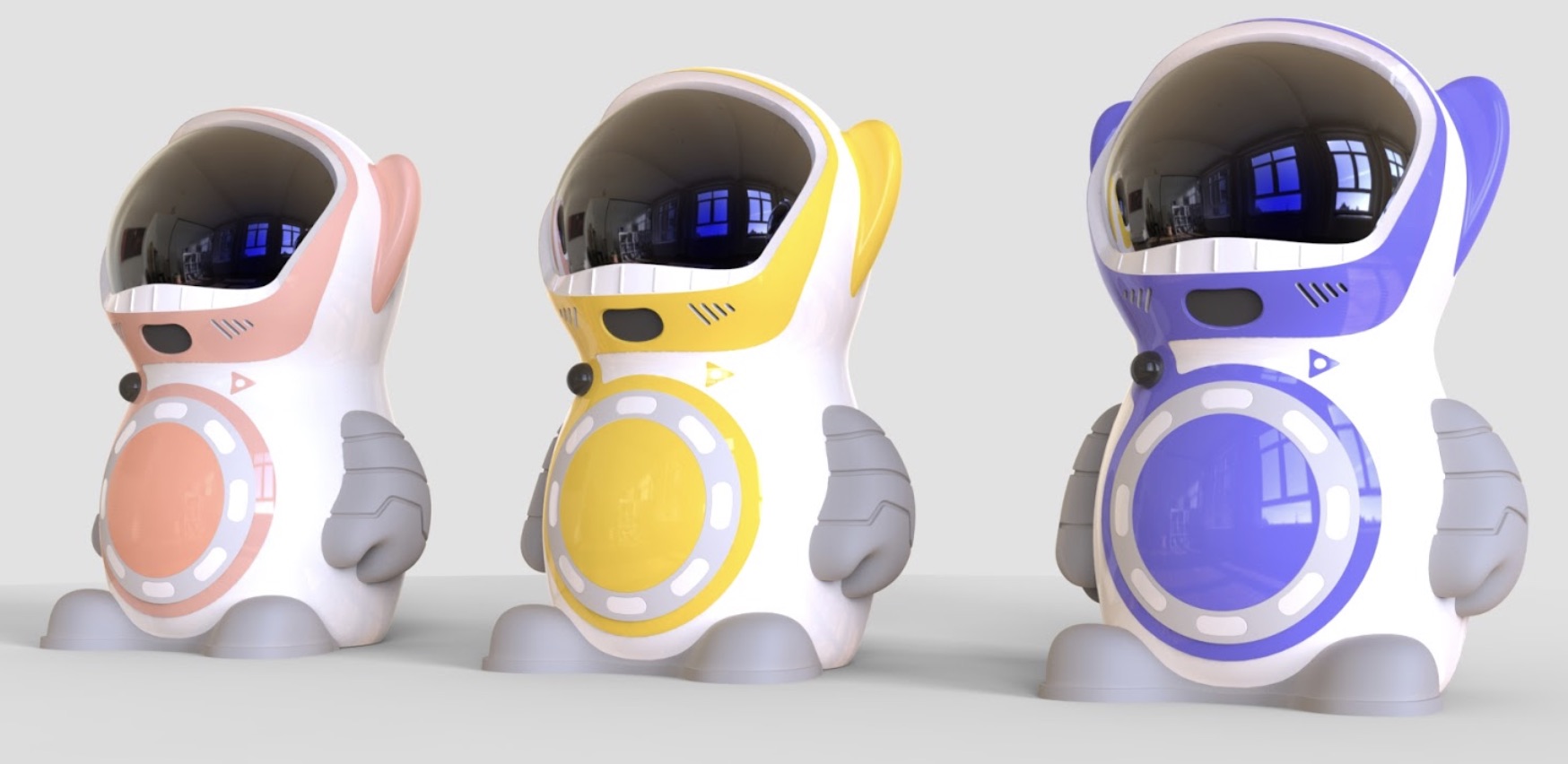
Just as at CES, a growing number of voice-enabled toys appeared seemingly out of nowhere on the show floor. Many of these mostly-Amazon Alexa-enabled gadgets were robots, such as UBTech’s Lynx ($799), which was announced at CES. Lynx is a bit schizophrenic; it performs as an animated Echo, but asking to Lynx enables additional robot-specific functions, as well as access to additional robotic functions access by asking Alexa to speak to Lynx.
Alexa also serves as a board game emcee. For instance, Alexa can be added to Mattel’s “Escape Room in a Box” game, announced last August and available as of last November, to keep track of time, ask questions and play a soundtrack. Voice Originals’ global travel quiz board game “When in Rome” ($29.95) is the first Alexa-integrated board, part of an Amazon-Techstar Alexa Accelerator incubator project.
Elemental Path has built its own speech-enabled AI-powered, Internet-connected line of learning companions, deployed it its CogniToys-branded Scout astronaut-like robotic toy ($99.99, September), equipped with an array of smart LEDs, an accelerometer and ambient light sensor, and capacitive touch sensors. According to the company, “Scout focuses on the acquisition of knowledge, which allows children to actively teach it about customs, culture, general knowledge and more. While Scout possesses a plethora of existing intelligence which it shares with the child, it is curious to learn more about human ways.”
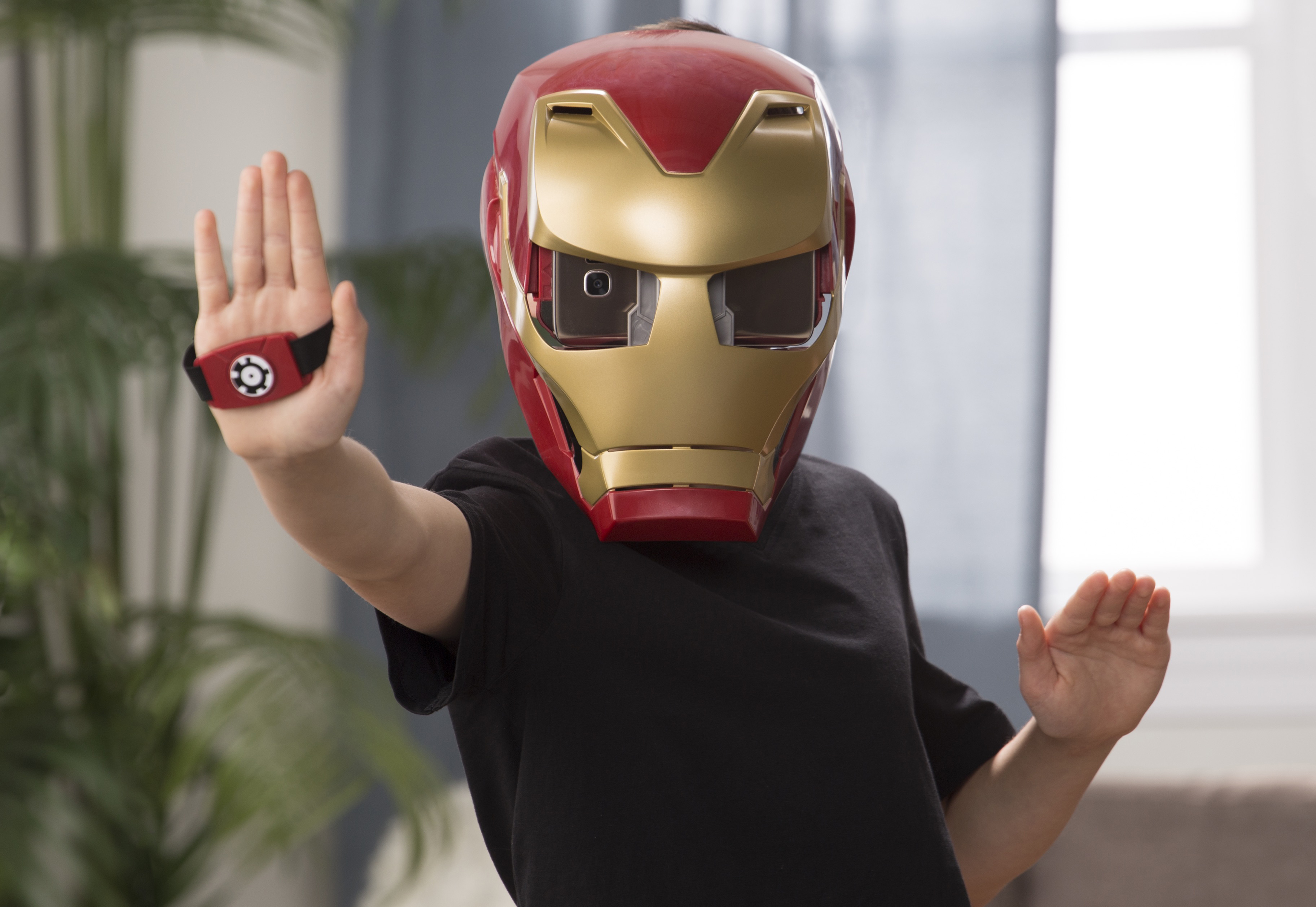
But how high do children’s expectations rise with the growing number of voice-interactive toys? “Next year, your kids will ask toys ‘Why don’t you answer me,’ ” observed Robin Raskin, found of Living in Digital Times, who hosted a “Growing Up in Tech” session at Toy Fair. “But while kids love voice interfaces, does it love them, and parents are dubious about privacy. It could lead to ‘Alexa, buy me a pony’ syndrome.”
Ever since Pokémon exploded on the scene, toy makers have been trying to figure out how to incorporate AR into their wares. “Some AR toys can be a little clumsy for kids to handle, but they’re improving,” Raskin said. “Plus, AR can’t be frivolous — it needs to make sense.”
AR and VR are natural for game play; at Toy Fair, Merge introduced not only a smaller, child-ready version of its rubbery and colorful mobile goggles along, the Merge Mini ($29.99, summer), as well as its new 6DoF (degrees of freedom) Blaster ($39.99, late summer). A player mounts a smartphone on the purple Blaster to play AR shooting games projected onto the real world.
See: FTC Cracks Down On VTech For ‘Net-Connected Toys
Hasbro jumped into the AR world just before Toy Fair with its awkwardly named “Marvel Avengers: Infinity War” Hero Vision Iron Man AR Experience ($49.99, spring), consisting of an Iron Man helmet that positions a smartphone as a screen to overlay game play over a real environment using user-positioned AR markers, a gauntlet/hand controller and an “Infinity Stone.”
AR also has been added to a number of less fanciful and more constructive toys, including Hot Wheel’s iPad-based Osmo AR MindRacer set ($59.99), TouchPress’ My Very Hungry Caterpillar AR ($2.99 on iTunes) and Lego’s AR-Studio, announced last December and demoed at Toy Fair. Developed via Apple’s ARKit SDK, the AR-Studio allows kids to play with virtual versions of six popular physical Lego sets via an iPhone or iPad.
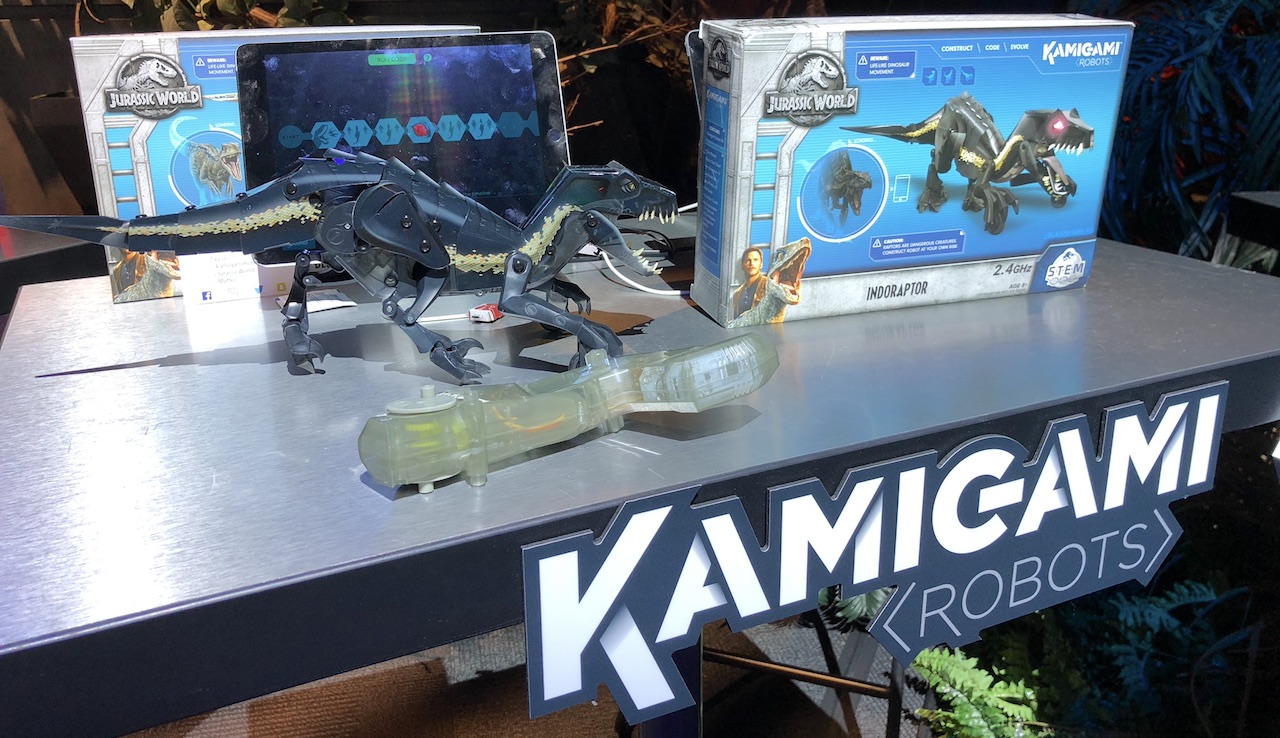
“We believe the best way to predict the future of play is to invent it,” said Tom Donaldson, VP, Creative Play Lab at the Lego Group. “AR-Studio pioneers new possibilities for imaginative play where children can enjoy both physical interaction and digital engagement at the same time.”
STEM, STEAM and coding-oriented products continue to proliferate, many in name-only with no real tech involved via puzzles, memory games, construction sets that promote critical skills like problem-solving, creativity, and critical thinking.
Actual coding products vary from simple button pushing such as the roving Botley robot from Learning Resources ($59.99), a 77-piece activity kit that lets kids sequence a series of up-to 80 turns via cards then punched into a remote control, app-based drag-and-drop coding controls found in such toys as the Kamigami Jurassic World DIY dinosaurs ($59.99, fall), to leveled beginner-to-advanced coding lessons offered in Jodie ($169, March), a 266-piece robot assembly kit from Robotori.
Of course, the danger with both AR, AI and coding is the ability of children “to distinguish between interactions with bots and humans,” Raskin warned. AI is a “quickly growing market, but is an artificial companion the new imaginary friend?”
Children’s playthings blurring the lines between fantasy and reality isn’t a new worry, however. Concerned parents might want to seek out the 1943 cautionary tale, “Mimsy Were the Borogroves” by the husband-wife writing team of Henry Kuttner and C.L. Moore about children dangerously obsessed with futurist toys adults could not comprehend. It doesn’t end well.




